From the majestic dance of dolphins to the many bioluminescent creatures like jellyfish, worms, and sea stars, every corner of the ocean is wondrous — even the corners we don't yet know about!
Scientists estimate that more than 80 percent of the ocean has never been explored by humans, but all that we do know highlights how astonishing and important our oceans are.
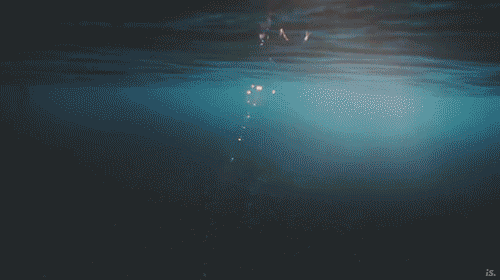
All water in the oceans (and on the planet) is made of one oxygen and two hydrogen atoms. A single drop of water contains billions of water molecules. Together, they become the transparent substance that fills the Earth’s lakes, streams, and oceans.
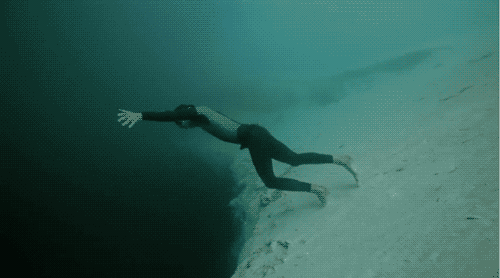
There are two theories for how we got these gigantic oceans. One theory states that when the Earth was just a whirling cloud of gas and dust, it also held onto some ice. As the planet had clumped together, the ice melted into water and made its way to the surface. The second theory holds that any water the Earth held onto during its creation would have been vaporized by the proto-solar nebula that became our sun, or by the collision that formed the moon. Some scientists think ice-rich asteroids crashed into our planet and, in the process, delivered the water as we see it now.
Which theory holds more water? We’re still puzzling that one out.
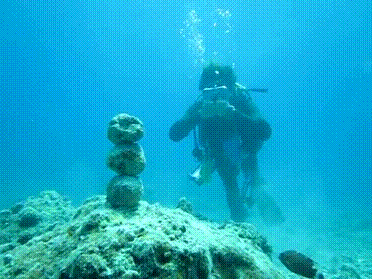
The ocean is hiding our deepest trench. The Challenger Deep in the Mariana Trench is famously the deepest known point in the Earth’s oceans. At 36,070 feet deep, it owes its existence to plate tectonics. The trench is part of a subduction zone, an area where a tectonic plate is being "thrust" beneath another one. In this case, the plate that is being thrust underneath is the very old and dense Pacific Plate, while the relatively younger and lighter Mariana Plate rides on top. At the line of contact between these two plates, a trough is formed, creating the Mariana Trench.

It’s also hiding our tallest mountain. If you ask someone to name the tallest mountain on Earth, they would quickly come back to you with the name Everest. However, if we plunge underwater and measure a mountain called Mauna Kea from base to summit, it actually takes the prize as the tallest mountain. Mauna Kea is an inactive volcano, with roots that extend deep into the ocean. From the base, it rises 33,500 feet. Compare that to Everest’s measly 29,035 feet, and you have a height difference of over 4000 feet.
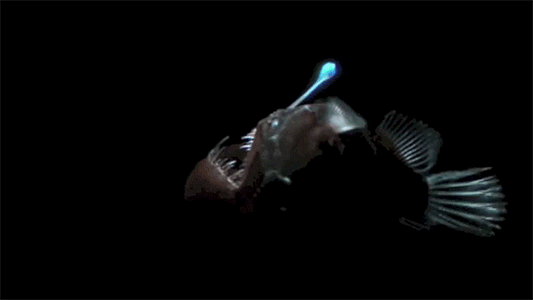
Most of the oceans exist in a perpetual state of darkness. Photons can penetrate up to 330 feet below the water’s surface. The average depth of the oceans is over 12,400 feet. I wonder what’s living down there in the dark?
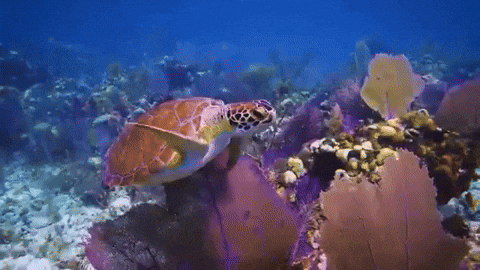
Trees are famous of their ability to produce oxygen, but the oceans also deserve credit. Phytoplankton are microscopic single celled organisms that live on the surface layer of the ocean. They photosynthesize in the same way that plants on land do, removing carbon dioxide from sea water and releasing oxygen.
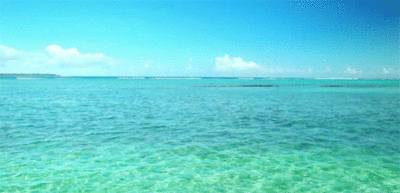
It takes water about 1000 years to travel across the whole globe. Our climate isn’t only important on land, it also keeps the ocean moving. The process starts off the coast of Norway, where it's cold enough for sea ice to form. When sea ice forms, most of the salt is pushed into the ocean water below the ice. Having a higher concentration of salt makes the water more dense, allowing it to sink. This cold, dense Norwegian water will flow along the ocean floor, out of the Northern Hemisphere and into the Southern Hemisphere, where it meets with more cold dense water from Antarctica. Together, the cold streams of water are swept into the Indian and Pacific Ocean, where it eventually mixes with warmer water and rises to the surface again. This warmer water makes it way back to the Atlantic and up to Norway to begin the cycle again. Still a bit confused? Check out a map.
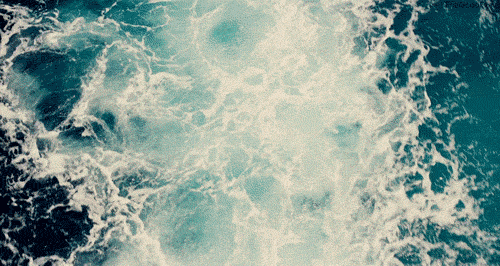
The Earth is the only planet known to have large bodies of liquid water on its surface. The Earth lies in a ‘goldilocks zone’ that is neither too cold or too hot. That, coupled with the right amount of atmospheric pressure, keeps our water on the surface, rather than evaporating into space. Since life as we know it originated from water, and water is necessary for all forms of life to survive, I’d say we’re got something pretty special here, and we should do our best to protect it.
Dive in.
Want to learn more about the ocean, underwater engineering, or how filmmaking intersects with science? Check out our new exhibition, James Cameron — CHALLENGING THE DEEP.
